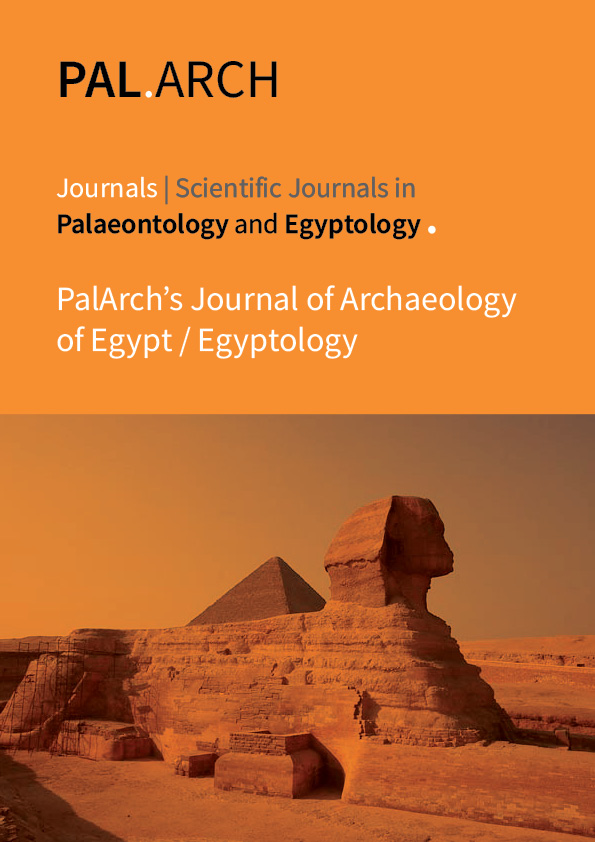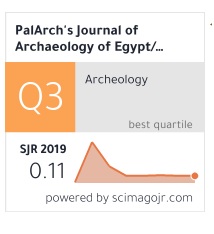THE MANIFESTATIONS OF GENDER THEORY IN SEMITIC LANGUAGES
Keywords:
Fatha, plural, Hebrew, Arabic, feminine, masculineAbstract
Gender is an old concept in a modern way. Genderists have attempted to demand women's rights in all its forms, including language rights, claiming that language oppresses women alongside society. They argued that language is the basis of injustice and oppression for woman, so it was necessary to search for the origins of languages to know the gender origin of women's rights. The search for the origins of Semitic languages is to find out the real presence of women in the language and whether they were actually oppressed and marginalized linguistically or not. That is why we started studying and researching Semitic languages because they are the basis of the Arabic and Hebrew languages that are still in use. We searched for the origins of masculinity and femininity from the very beginning of human creation until the completeness of the image of language and its arrival to us as it is.The research focuses on the issue of masculinity and femininity in all its linguistic forms and social dimensions. In truth, we did not find any gender for the linguistic rights of the feminine. Rather, the feminine is distinct and has a clear entity and deep significance in Semitic languages in particular.



